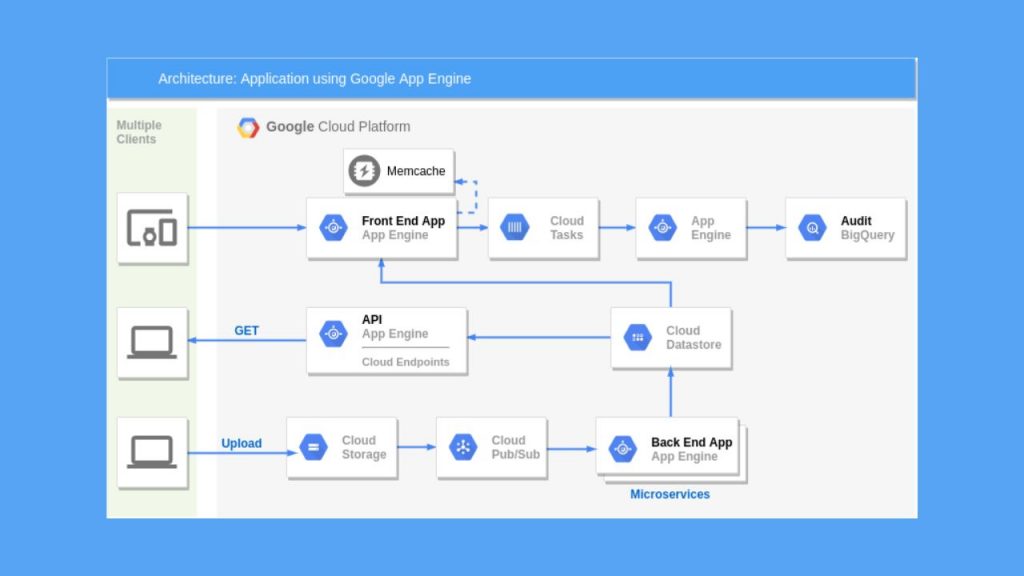Google App Engine Standard Environment: A Guide for Preconfigured Container Instances
Google App Engine is a comprehensive, fully managed cloud computing platform that enables developers to build and deploy applications on Google’s vast infrastructure rapidly. One offering within this ecosystem, called App Engine Standard Environment, features preconfigured container instances which help make app development and deployment simpler for developers. In this article, we explore its architecture, language support, instance classes and benefits in depth.

Understanding the Standard Environment
Google App Engine Standard Environment is built upon container technology, which encases applications within preconfigured containers to ensure optimal application performance on Google’s infrastructure. Developers benefit greatly from this arrangement as it frees them up from worrying about infrastructure details when writing code.
Key Features of the Standard Environment
Sandboxed Execution:
Applications running in the Standard Environment run within an isolated, secure sandbox environment that protects them from being exposed to hardware, operating system or physical location components that might impact performance – further increasing security and reliability.
Google App Engine excels in automatically scaling applications to meet fluctuating load. The Standard Environment seamlessly adjusts instances according to traffic demands, keeping applications responsive even under heavy strain.
Language and Runtime Support:
The environment provides support for multiple programming languages, such as Go, Java, Node.js, PHP, Python and Ruby. Each language comes equipped with its own preconfigured runtime to allow developers to select the optimal technology stack for their application.
Instance Classes and Configurations
Standard Environment instance classes are an essential feature. These classes govern how memory and CPU resources (including virtualization resources ) are assigned to individual instances, which have an effect on performance as well as cost considerations. Developers have the flexibility of choosing an instance class that balances their application’s resource requirements with budgetary restrictions.
This setting allows users to fine-tune the performance characteristics of their applications.
Benefits of Utilizing Standard Environment Services.
- Ease of Use: With preconfigured containers and runtimes, the Standard Environment makes application deployment simpler for developers without delving into configuration details.
- Scalability: With its ability to automatically adapt based on traffic levels, our platform enables applications to respond swiftly and without manual intervention to sudden surges in demand.
- Security and Reliability: Running within Google’s secure sandbox environment, applications are protected from external threats while taking advantage of Google’s focus on reliability and uptime.
- Cost-Effectiveness: The automated scaling feature combined with multiple instance classes enables cost-effective deployment. Developers can select an instance class that best matches their resource needs while optimizing for cost.
Conclusion About the App Engine Environment
Google App Engine Standard Environment offers developers looking for cloud computing without the headaches associated with infrastructure management an effective option. Utilising preconfigured container instances, this solution offers ease, scalability, and security – making it ideal for deployment of various apps ranging from small websites to complex systems serving millions of users.

Leave a Reply